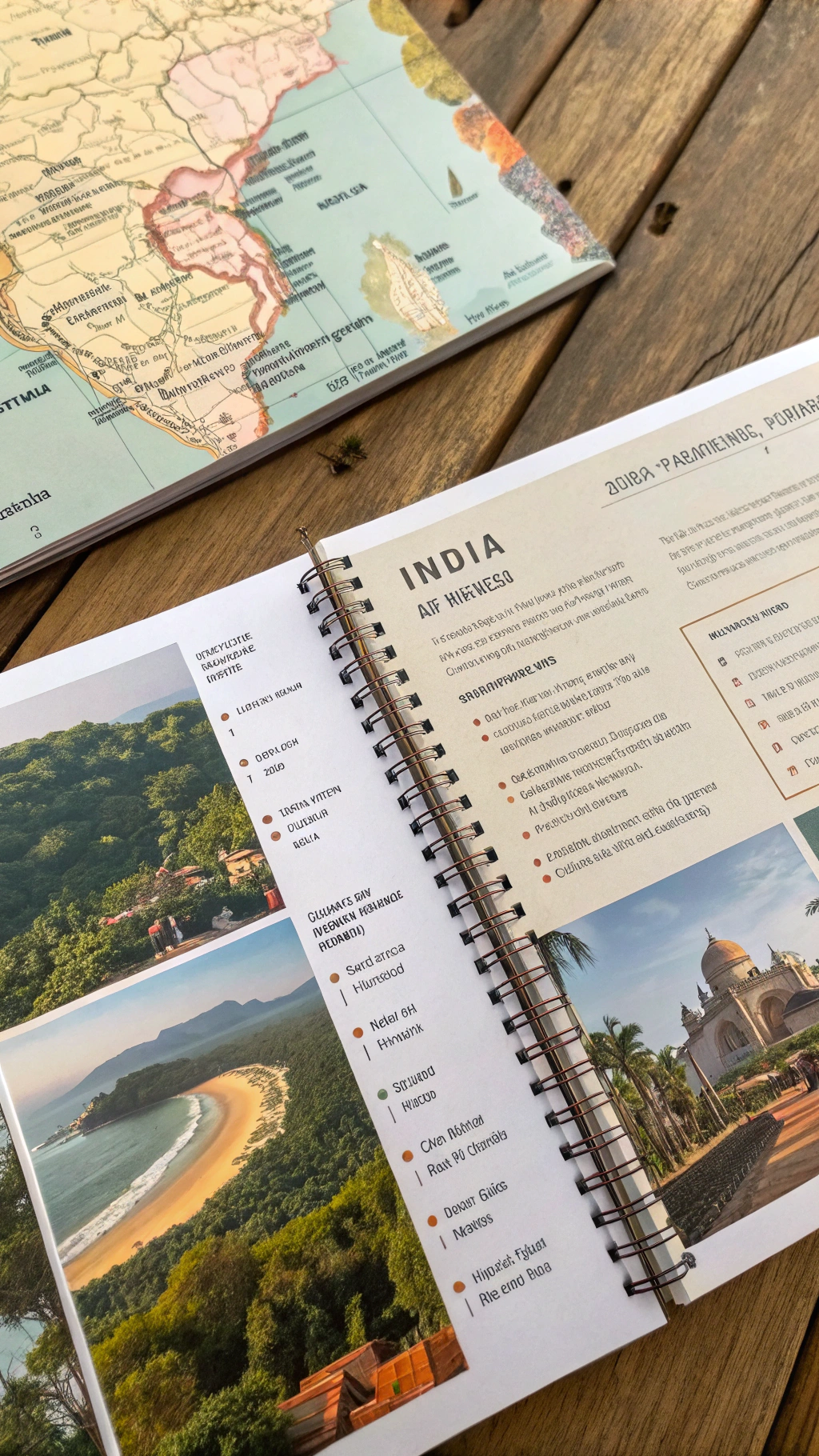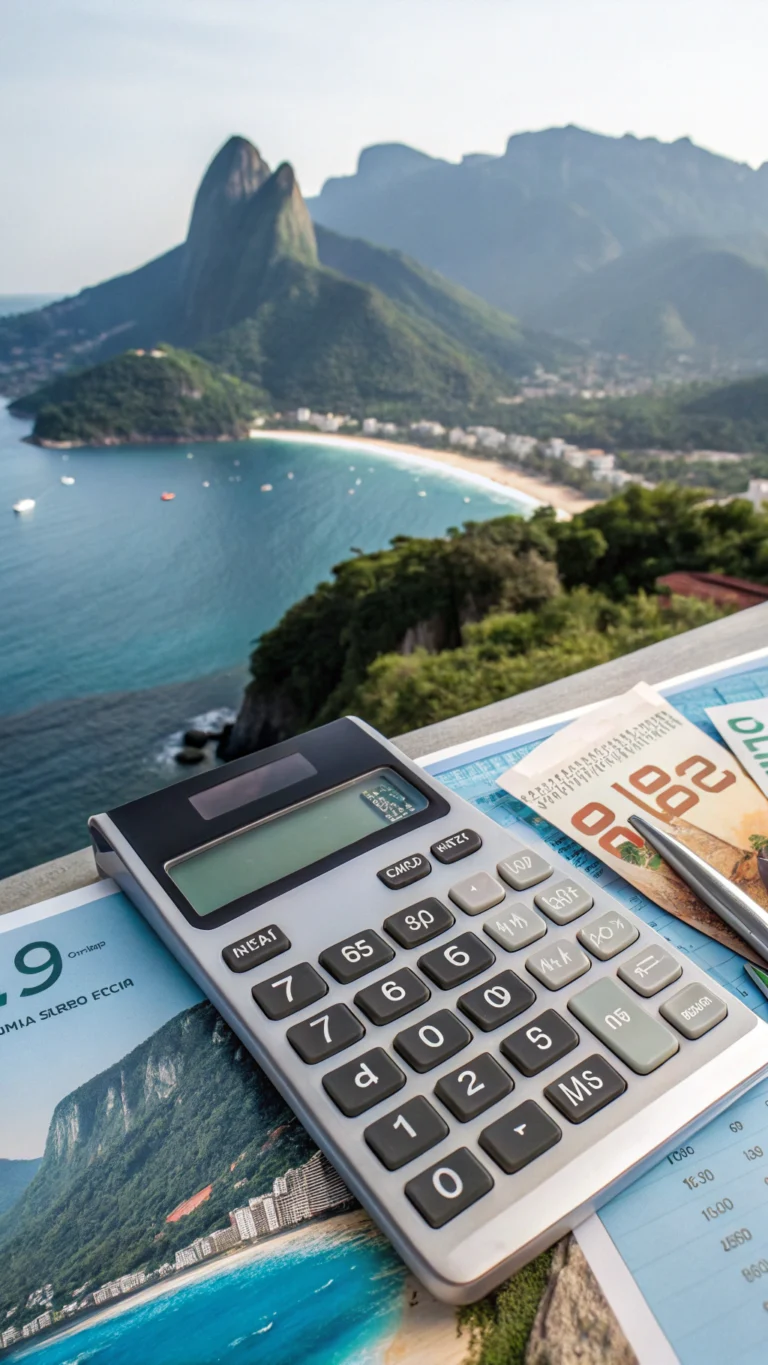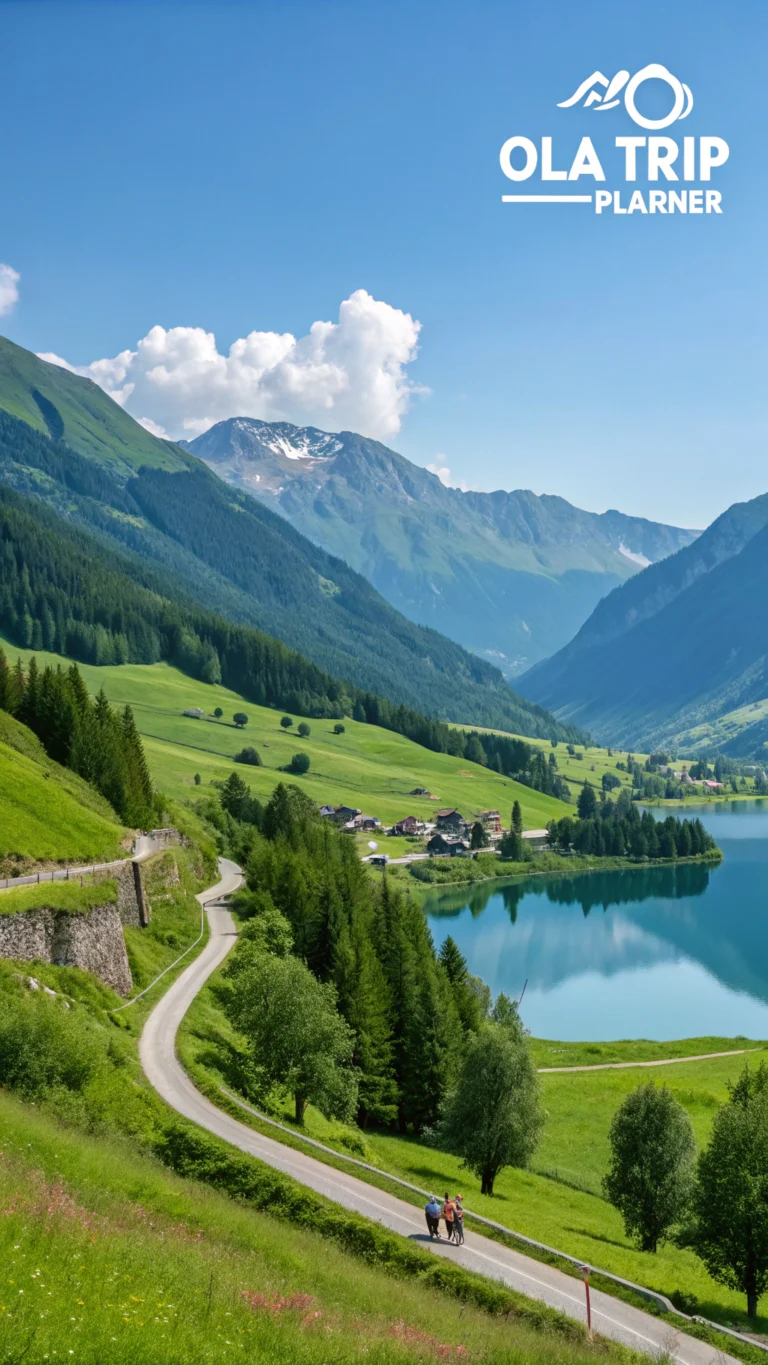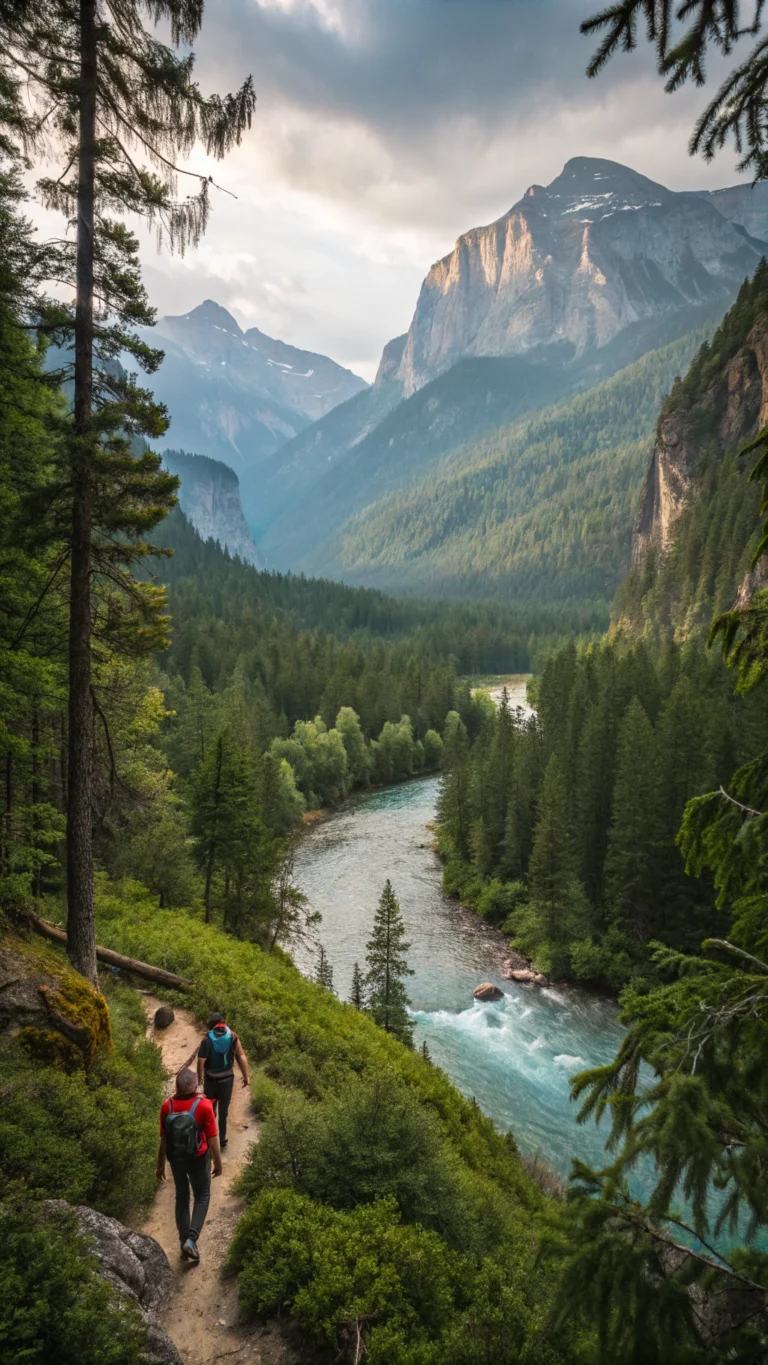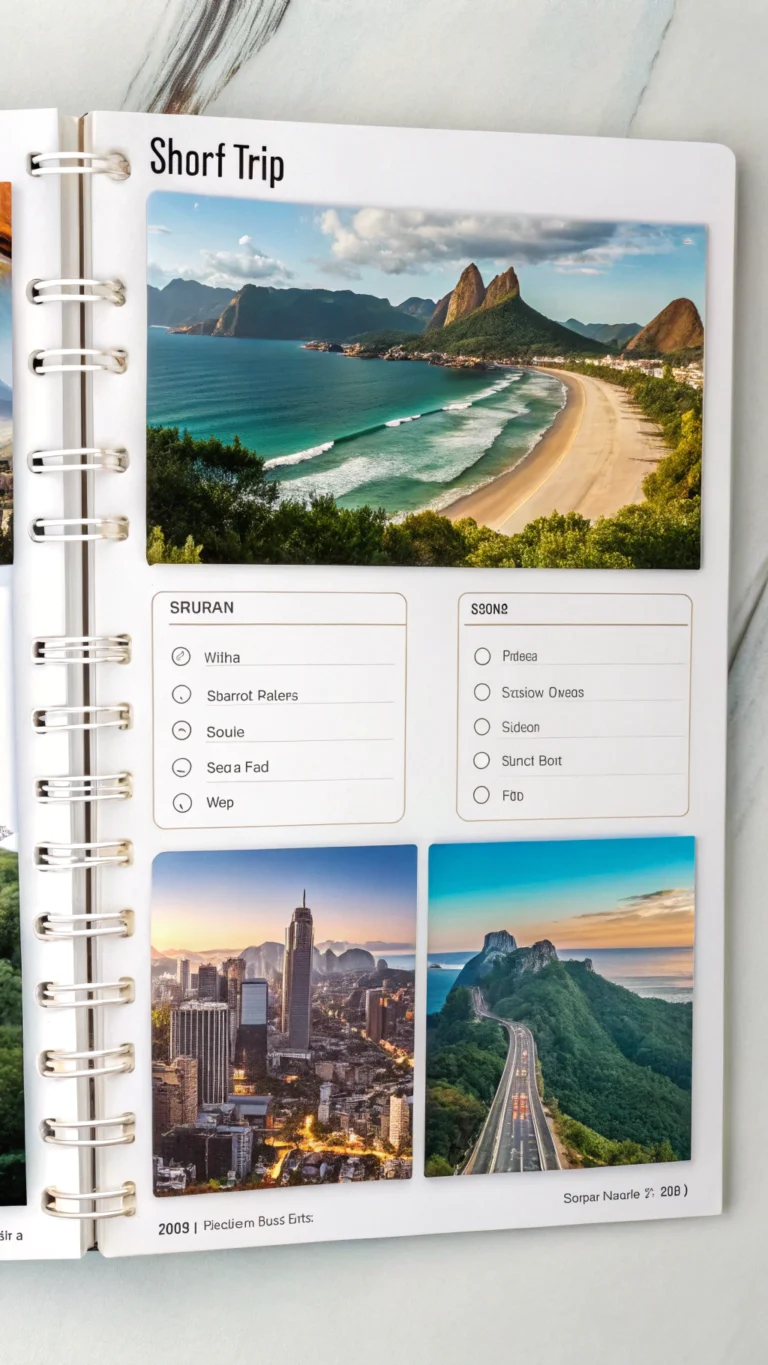Best Trip Planner for India: 7 Must-See Destinations Revealed
Table of Contents
Best Trip Planner for India: 7 Must-See Destinations Revealed
Introduction
Did you know that just 15% of Indian tourists travel beyond the “Golden Triangle,” missing out on 85% of the country’s various treasures? From the snow-capped Himalayas to the tropical backwaters of Kerala, India provides an incredible array of experiences that are frequently overlooked by international travelers.
Planning a trip to this vast country may appear overwhelming, but with the right best trip planner for India, your journey can be transformed from daunting to delightful. Whether you’re looking for ancient temples, bustling markets, serene beaches, or wildlife sanctuaries, India rewards visitors who go beyond the typical tourist routes.
Destination Overview
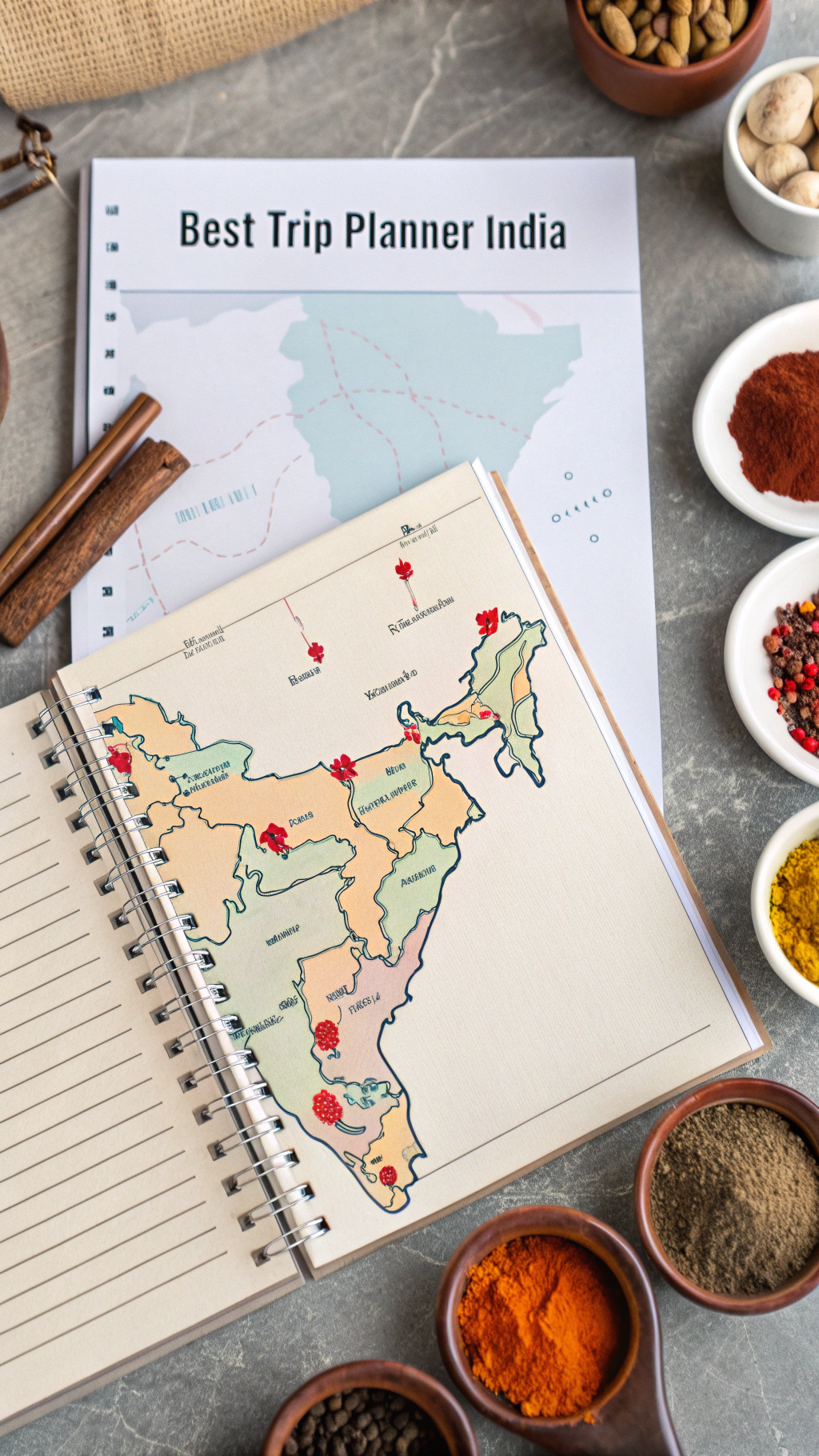
India is a land of extraordinary contrasts, covering 3.3 million square kilometers and comprising 29 states, each with its own language, cuisine, and cultural heritage. This ancient civilization has forty UNESCO World Heritage Sites, where millennia-old traditions combine with cutting-edge technology and fast development.
The optimum time to travel depends on your planned location. From October to March, most places get good weather, with temperatures ranging from 15 to 30°C (59 to 86°F). Summer (April–June) may be quite hot, with temperatures reaching 45°C (113°F) in several areas. The monsoon season (July-September) gives significant rain to the majority of the country, yet it generates lush landscapes in Kerala and northeast India.
Travel Itinerary
When using a best trip planner for India, consider these seven unmissable destinations that showcase the country’s extraordinary diversity:
Delhi-Agra-Jaipur (The Golden Triangle) – 5 Days
- Day 1-2: Delhi – Explore Old Delhi’s narrow lanes, visit Jama Masjid and Red Fort, then contrast with New Delhi’s colonial architecture
- Day 3: Agra – Marvel at the Taj Mahal (arrive at sunrise to avoid crowds and save approximately 2 hours of waiting time)
- Day 4-5: Jaipur – Experience the “Pink City” with its majestic Amber Fort, City Palace, and vibrant bazaars
Varanasi – 3 Days
The spiritual heart of India along the sacred Ganges River offers an intense but profoundly moving experience. Witness the evening Ganga Aarti ceremony and dawn boat rides to observe centuries-old rituals.
Kerala Backwaters – 3 Days
Cruise the tranquil palm-fringed canals on a traditional houseboat, stopping at villages where life moves at a gentler pace.
Rajasthan Desert Circuit – 7 Days
Journey through Jodhpur (Blue City), Udaipur (Lake City), Jaisalmer (Golden City), and remote villages where traditional life continues unchanged for centuries.
Darjeeling & Sikkim – 6 Days
Experience the majestic Himalayas, verdant tea plantations, and Buddhist monasteries in this northeastern corner of India.
Goa – 4 Days
Relax on beautiful beaches, explore Portuguese colonial architecture, and enjoy the unique Indo-European culture and cuisine.
Mumbai & Elephanta Caves – 3 Days
Discover India’s financial and entertainment capital, with its colonial architecture, bustling markets, and the ancient rock-cut temples of Elephanta Island.
Must-See Attractions
Beyond the iconic Taj Mahal, India offers countless extraordinary experiences:
- Mehrangarh Fort (Jodhpur) – One of India’s most impressive forts with panoramic blue city views
- Tawang Monastery (Arunachal Pradesh) – The largest Buddhist monastery in India, perched at 10,000 feet
- Hampi (Karnataka) – A vast archaeological site with stunning ruins of the Vijayanagara Empire
- Khajuraho Temples (Madhya Pradesh) – Famous for exquisitely carved temples with erotic sculptures
- Rann of Kutch (Gujarat) – A surreal salt desert that transforms into a shimmering white expanse during winter
Using the best trip planner for India will help you determine which of these attractions align with your interests and available time.
Where to Stay
India offers accommodations for every budget and preference:
Luxury Heritage: Experience maharaja-style living in converted palaces like Taj Lake Palace in Udaipur ($500+/night) or Umaid Bhawan Palace in Jodhpur ($400+/night).
Mid-Range Boutique: Neemrana Fort-Palace near Delhi ($100-200/night) offers history with modern comforts.
Budget-Friendly: Clean, comfortable guesthouses and homestays are abundant across India ($20-50/night), offering authentic cultural experiences and home-cooked meals.
For Spiritual Seekers: Ashrams in Rishikesh or Varanasi offer simple accommodations with yoga and meditation facilities ($10-30/night).
Food & Local Cuisine
Indian cuisine varies dramatically by region:
- North India: Known for rich, wheat-based dishes like butter chicken, naan bread, and aromatic biryanis
- South India: Features rice-based dishes, coconut-infused curries, and delicious dosas (fermented rice crepes)
- East India: Offers subtle flavors, fish curries, and delectable sweets
- West India: Known for vegetarian Gujarati thalis and fiery Maharashtrian street food
Dietary Accommodations:
- Vegetarians: India is paradise with endless meat-free options
- Vegans: Request dishes without dairy (clarify “no ghee, no paneer, no cream”)
- Gluten-Free: South Indian cuisine is predominantly rice-based and naturally gluten-free
Travel Tips & Essentials
- Transportation: Combine flights for long distances with trains for medium journeys (book AC classes for comfort). For local exploration, use ride-hailing apps or pre-arrange drivers.
- Money: Carry some cash, especially for smaller towns. Credit cards are widely accepted in cities and tourist areas.
- Language: English is spoken in tourist areas, but learning basic Hindi phrases is appreciated.
- Apps: Install Ola/Uber, Google Maps (download offline maps), and Google Translate.
- Cultural Sensitivity: Dress modestly, especially at religious sites. Remove shoes before entering temples.
Common Mistakes to Avoid
- Overpacking the Itinerary: India rewards slow travel. Trying to see too much leads to exhaustion and superficial experiences.
- Ignoring Street Food: With proper precautions (choosing busy stalls with high turnover), street food offers authentic flavors at unbeatable prices.
- Weather Ignorance: Research seasonal conditions for your specific destinations—monsoon timing varies by region.
- Bargaining Aggressively: While negotiation is expected, remember that a few rupees make a bigger difference to sellers than to tourists.
Budget Breakdown
- Budget Travel: $30-50/day (basic accommodations, local transportation, street food)
- Mid-Range: $100-150/day (3-star hotels, some guided tours, decent restaurants)
- Luxury: $250+/day (heritage hotels, private drivers, upscale dining)
Sample Daily Costs:
- Budget meal: $2-5
- Mid-range restaurant meal: $10-15
- Local train ticket: $1-5
- Entry fee to major monuments: $5-15 (often higher for foreigners)
Final Thoughts
India is more than just a destination; it’s an experience that awakens all of your senses and challenges your assumptions. From the snow-capped Himalayas to tropical beaches, ancient temples to bustling metropolises, this diverse country rewards visitors who are patient, adaptable, and open-minded.
Use a reputable best travel planner for India to create an itinerary that mixes must-see sights and authentic cultural experiences. Remember that the most significant experiences are often found off the established path—in talks with locals, surprise festivals, or peaceful natural surroundings.
Begin arranging your Indian vacation today, and prepare for an experience that will stay with you long after you come home!
FAQs
Is it safe for women to travel alone in India?
While there are challenges, many women travel alone successfully by dressing modestly, avoiding isolated areas at night, and taking reliable transportation. Consider starting with more popular tourist spots such as Kerala, Himachal Pradesh, or Goa.
How much time do I need to have a nice India experience?
First-time visitors should plan on staying at least two weeks. Three weeks provides you a more relaxing pace, whilst a month allows for exploring outside the main destinations.
Do I need a visa for India?
Most nationalities require an e-Visa, which can be obtained online prior to arrival. Check the official Indian visa website for the most up-to-date requirements for your country.
What immunizations do I need?
Typical recommendations include Hepatitis A and B, Typhoid, and Tetanus. Consult your doctor at least 6-8 weeks before your trip for personalized advice.
Is this water safe to drink?
Stick with bottled or purified water. Avoid ice at smaller businesses and clean your teeth with tap water.

